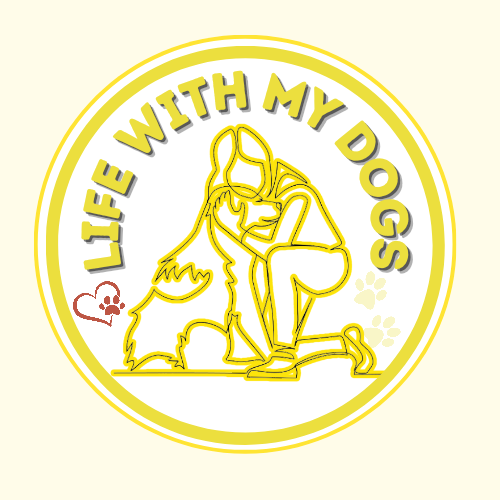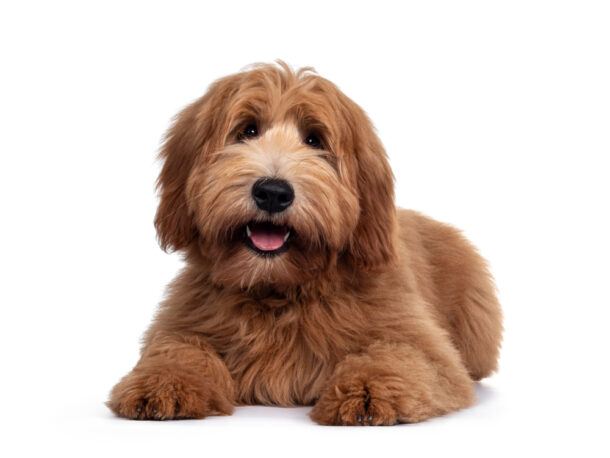LifeWithMyDogs is supported by our audience. When you purchase through one of our links, we may earn a small affiliate commission. As an Amazon Associate I earn from qualifying purchases. Your cost is not affected.
**********
Dog eye problems can be a real cause for concern for pet owners. Our canine companions rely heavily on their vision to navigate the world, and any discomfort or vision impairment can significantly impact their quality of life. The good news is that many eye conditions in dogs are treatable, especially if caught early.
This guide will delve into the most common dog eye problems, including symptoms, diagnosis, treatment options, and preventative measures. We’ll also explore ways to care for your dog if they experience vision loss. By understanding these issues, you can ensure your furry friend maintains healthy, happy eyes for years to come.
Dog Eye Problems: Common Issues and Solutions
Marshmallow, my Eskie, has eye discharge that needs daily cleaning. It seems like dog eye problems are common across most breeds, but some definitely struggle more than others. The key to finding a good solution is figuring out what’s causing the issue.
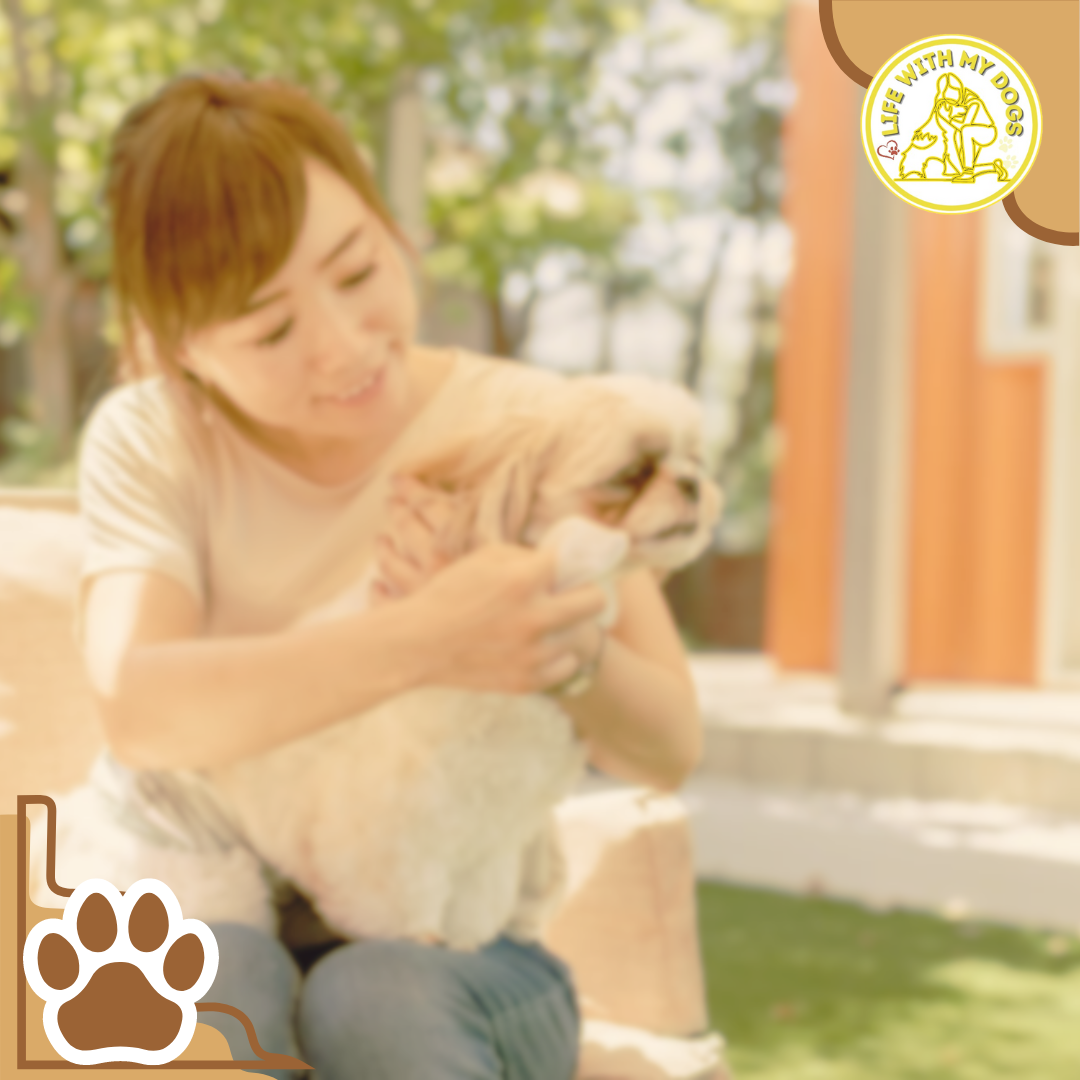
Eye problems in dogs can be sneaky, but catching them early is crucial. After all, our canine companions rely on their vision to experience the world around them. Any trouble with their eyes can seriously impact their quality of life.
Recognizing the symptoms early can make a huge difference in preventing serious complications. There are a variety of eye issues dogs can suffer from, including infections, cataracts, and glaucoma. Symptoms can range from redness and squinting to more severe signs like cloudiness or discharge.
The more you know about what to look out for, the quicker you can take action and seek veterinary care when necessary. Depending on the specific condition, there are many treatment options available, from medications to surgery.
With proper care and timely treatment, most eye problems can be managed or even resolved completely. Regular check-ups and following your veterinarian’s advice are essential for maintaining your dog’s eye health.
Key Takeaways
- Recognize early symptoms of dog eye problems like redness, squinting, and discharge.
- Different conditions such as infections, cataracts, and glaucoma have specific treatments.
- Timely veterinary care and regular check-ups are crucial for maintaining eye health.
Understanding Dog Eye Anatomy
Have you ever wondered how your dog sees the world? It all thanks to several crucial parts working together inside their amazing eyes. The cornea, sclera, lens, retina, tear ducts, and glands all play important roles in helping your dog see clearly and keeping their eyes healthy.
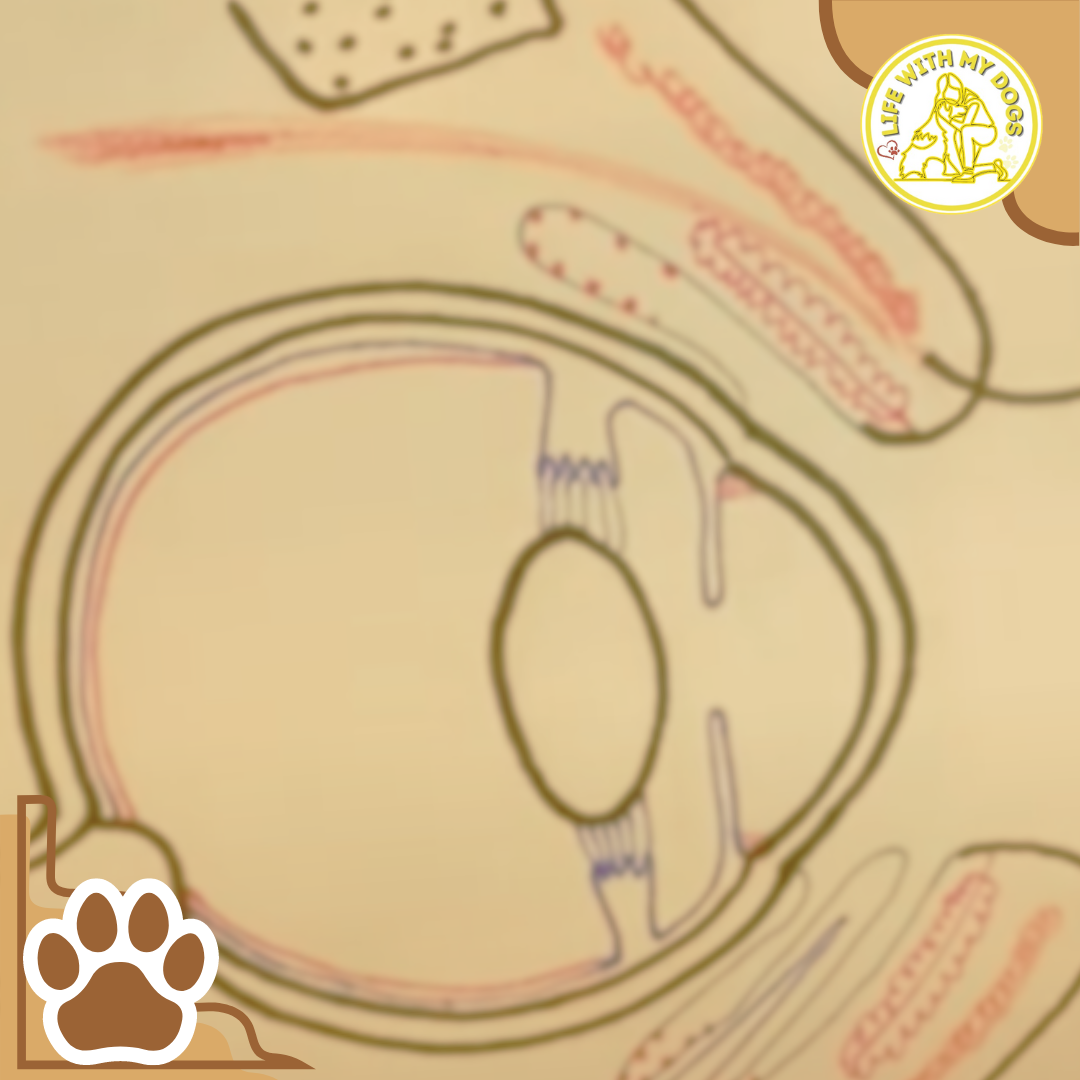
Cornea and Sclera
The cornea is the clear, outer layer of the eye. It lets light enter and helps focus it onto the retina. It’s essential for sharp vision and also protects the inner eye.
The sclera is the white part surrounding the cornea, providing structure and protection.
Together, the cornea and sclera form the eye’s outer surface.
Damage to the cornea can cause pain and vision problems. Keeping the eye clean and free of injuries is important.
Lens and Retina
The lens sits behind the cornea and focuses light onto the retina, which lies at the back of the eye.
The lens is flexible, allowing it to change shape and focus on objects at different distances. This ability is crucial for clear vision.
The retina detects light and converts it into signals sent to the brain. It includes cells called rods and cones that process light and color.
A healthy lens and retina are vital for good vision. Regular eye check-ups can help identify problems like cataracts or retinal issues early.
Tear Ducts and Glands
Tear ducts and glands produce tears that keep the eye moist and clean.
Tears help remove debris and protect against infections. They also provide nutrients to the eye’s surface.
If tear production is low, the eye can become dry and irritated. Conditions like blocked tear ducts can lead to excessive tearing.
Maintaining tear production and flow is essential for comfort and eye health.
Regular veterinary visits can help monitor and address any issues with tear ducts and glands.
Proper care ensures that these parts function well, keeping the eye healthy.
Common Dog Eye Disorders
Unfortunately, our furry friends aren’t immune to eye problems. Several disorders can affect their vision and overall health. Some of the most common issues include inflammation, clouding of the lens (lens opacity), high pressure inside the eye (intraocular pressure), dryness, ulcers on the cornea, and degeneration of the retina.
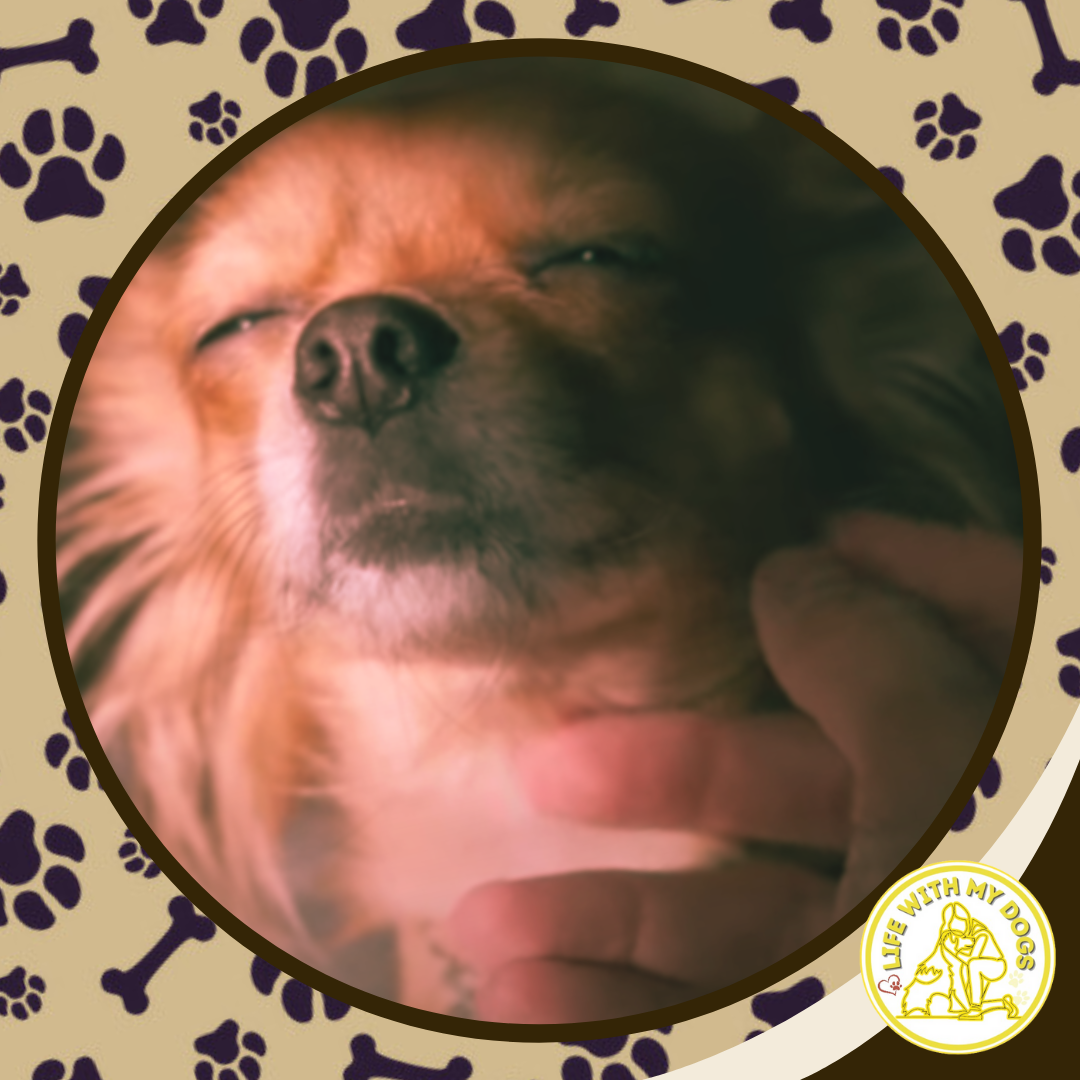
Conjunctivitis
Conjunctivitis, also known as pink eye, is inflammation of the conjunctiva—the tissue that lines the eyelid.
This condition can cause redness, swelling, discharge, and constant blinking. It might be due to allergies, infections, or foreign bodies in the eye.
Treatment often involves topical antibiotics if an infection is present, or antihistamines for allergies.
Keeping the dog’s environment clean can also help reduce irritants that cause conjunctivitis. Regularly checking for signs like redness or unusual discharge is necessary to catch the symptoms early.
Cataracts
Cataracts cause the lens of a dog’s eye to become opaque, leading to blurred vision or blindness.
This condition is more common in older dogs but can also be seen in younger dogs due to genetic factors or injuries.
The most effective treatment is surgery to remove the affected lens and sometimes replace it with an artificial one.
Without treatment, cataracts can lead to secondary issues like inflammation or glaucoma. Regular vet check-ups and monitoring can help manage this condition effectively.
Glaucoma
Glaucoma is increased pressure within the eye, which can damage the optic nerve and lead to blindness.
Symptoms include pain, redness, cloudiness, and vision loss. Genetics, trauma, or other diseases can cause it.
Treatment often includes medications to reduce the pressure or surgery in severe cases.
Early diagnosis is crucial, so it’s essential to watch for signs of discomfort or changes in the eye. Regular eye exams can help catch glaucoma before it causes significant damage.
Dry Eye Syndrome
Dry Eye Syndrome, or keratoconjunctivitis sicca (KCS), occurs when a dog’s eyes don’t produce enough tears.
This condition leads to dryness, redness, and frequent blinking. The eyes can also become prone to infections and ulcers.
Treatment includes lubricating eye drops and medications to stimulate tear production.
It’s a chronic condition that requires ongoing management. Keeping the dog’s eyes clean and avoiding dusty environments can help reduce symptoms.
Corneal Ulcers
Corneal ulcers are painful sores on the cornea, the clear front part of the eye.
These ulcers can be caused by injuries, infections, or diseases like dry eye. Symptoms include redness, discharge, squinting, and visible sores on the cornea.
Treatment involves antibiotic drops to prevent infection and medications to reduce pain and inflammation. Severe cases might require surgery.
Preventing injuries and keeping the eyes clean can help reduce risks.
Progressive Retinal Atrophy
Progressive Retinal Atrophy (PRA) is a genetic disorder causing gradual degeneration of the retina. This leads to vision loss and ultimately blindness.
Early signs include night blindness and dilated pupils that don’t respond to light.
There is no cure for PRA, but managing the condition involves ensuring a safe environment to navigate despite vision loss.
Genetic testing can identify carriers and prevent breeding affected dogs. Regular vet visits can help monitor the condition’s progression.
Symptoms of Eye Problems in Dogs
If your dog’s eyes are bothering them, they might show some telltale signs. Keep an eye out for discharge and tear stains, redness and swelling around the eyes, cloudiness or a change in eye color, squinting or blinking more than usual, and even changes in their behavior.
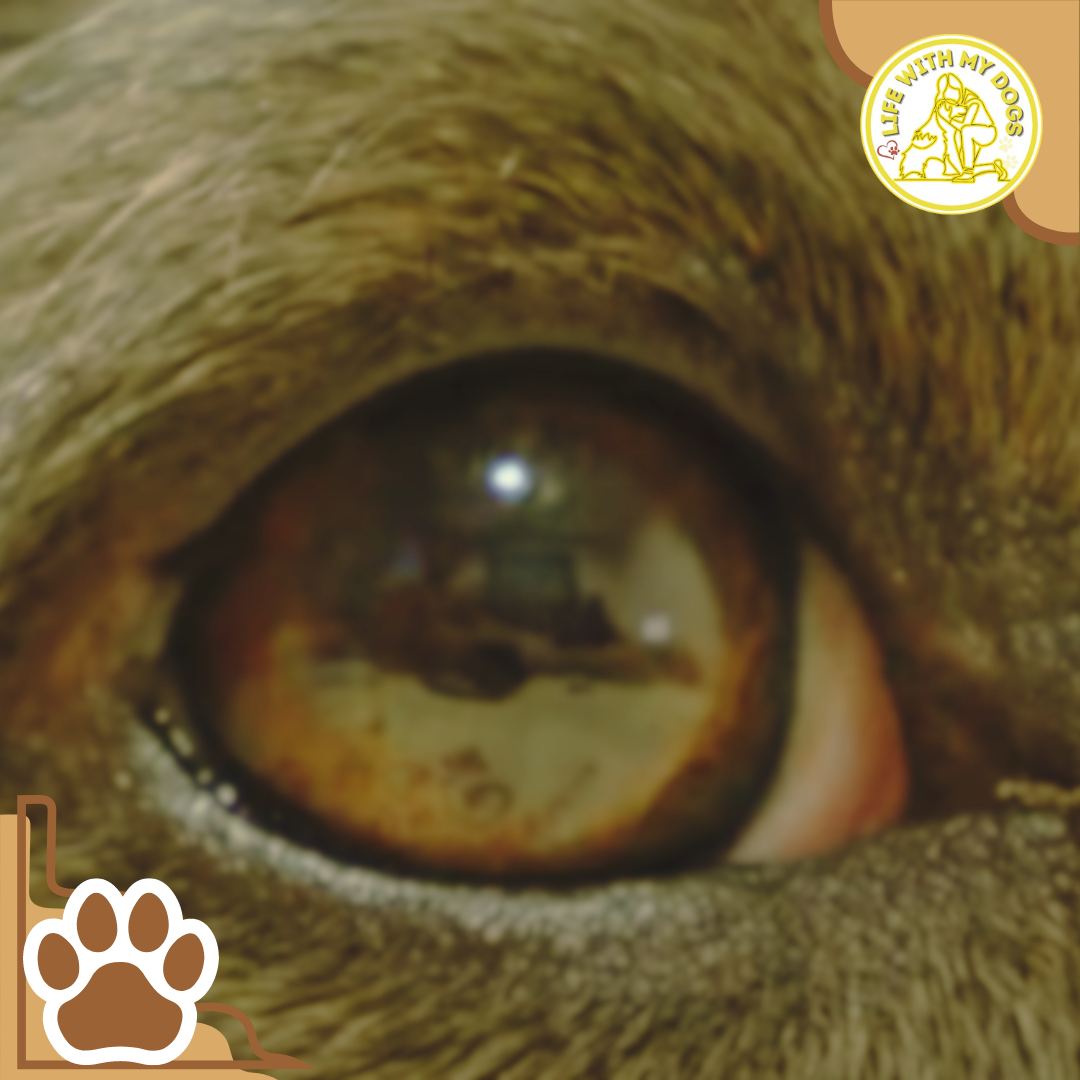
Discharge and Tear Stains
Discharge from a dog’s eye can be watery, mucoid, or purulent.
Watery discharge often appears as tear stains, especially under the inner corners of the eyes. This can happen due to allergies, irritants, or epiphora, which is continuous tearing.
Mucoid discharge can indicate conjunctivitis, while purulent discharge may suggest a bacterial infection.
Regular cleaning and veterinary checks can help manage these issues. Tear stains, while often viewed as an aesthetic concern, might signal underlying problems.
Eye Redness and Swelling
Redness and swelling in a dog’s eye are clear indicators of inflammation.
Conditions such as conjunctivitis, uveitis, or glaucoma can cause these symptoms.
Redness occurs due to irritation or infection in the eye membranes. Swelling can result from inflammation or fluid buildup.
These symptoms should be addressed promptly to prevent further complications.
Anti-inflammatory drops are commonly used for treatment, but proper diagnosis is crucial.
Cloudiness or Color Change
Cloudiness or color change in a dog’s eye can signal cataracts or corneal ulcers.
Cataracts can cause the lens to become opaque, leading to vision issues.
Cloudy eyes might also be a sign of glaucoma, where increased pressure affects the eye.
These conditions need veterinary attention as they can progress and potentially lead to blindness.
Surgery is often required for cataracts, while medications may manage glaucoma.
Squinting or Blinking
Frequent squinting or blinking indicates discomfort or pain in the eye.
Dogs might squint due to foreign objects, corneal ulcers, or dry eye.
Blinking excessively can also be a reaction to ingrown eyelashes or entropion, where the eyelid rolls inward.
These symptoms merit immediate attention as they can cause or worsen eye damage.
Veterinary examination is necessary to identify and treat the underlying causes.
Behavioral Changes
Behavioral changes are often overlooked but crucial.
Dogs with eye problems might become less active, avoid bright light, or bump into objects. They may paw at their eyes or rub their face against surfaces.
Such behavior often accompanies other symptoms like squinting or redness.
Observing such changes can help identify eye issues early.
Diagnosing Eye Conditions
So how do vets figure out exactly what’s going on with your dog’s eyes? They use a combination of detective work! A thorough eye exam is a must, but vets might also use various diagnostic tests and imaging techniques to get a complete picture.
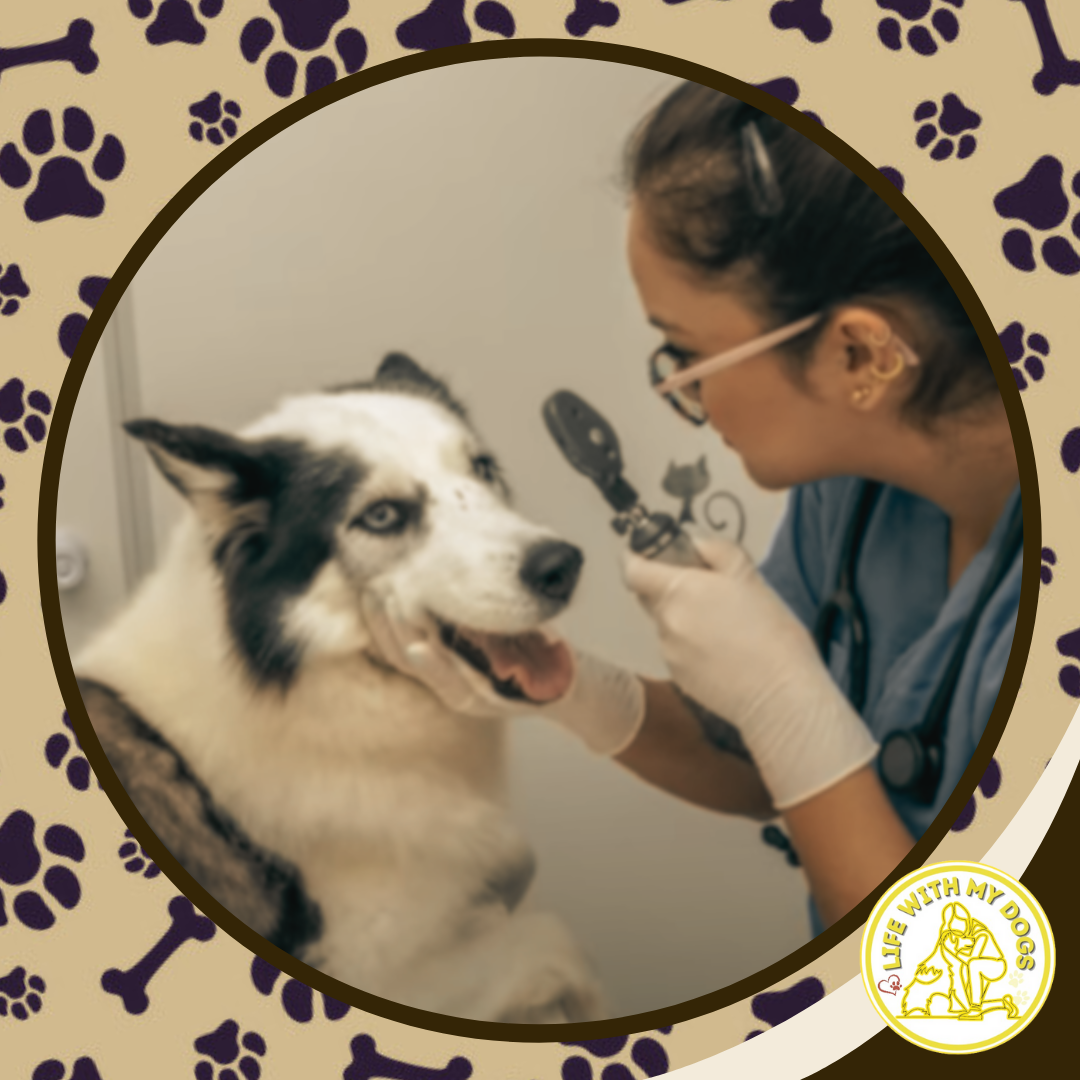
Veterinary Eye Examination
When I perform a veterinary eye examination, I start by observing the dog in a comfortable, well-lit environment.
I look for signs of discomfort, squinting, or unusual behaviors. Then, I examine the dog’s eyes up close.
I check for symmetry, cloudiness, redness, or discharge. Using a bright light, I inspect the cornea, lens, and other parts of the eye.
A thorough examination often includes testing the eye’s reaction to light and movement.
I may use special eye drops to dilate the pupil for a better view of the inner eye structures. This helps identify issues like cataracts or retinal problems.
Throughout this process, I consider the dog’s overall health and history.
Diagnostic Tests and Imaging
Diagnostic tests and imaging are crucial for identifying specific eye conditions.
One common test is the Schirmer tear test, which measures tear production to diagnose dry eye.
Fluorescein staining helps detect corneal ulcers or scratches.
Another important test is intraocular pressure measurement, used to diagnose glaucoma.
Advanced imaging techniques like ultrasonography and MRI provide detailed views of the eye’s internal structures.
These methods are especially useful for diagnosing tumors or structural abnormalities.
Blood tests and bacterial cultures may also be performed to identify infections or underlying systemic issues.
Treatment Options for Eye Conditions
Luckily, there are ways to help your dog feel better! Vets can use medications and eye drops, surgery if needed, or even natural remedies and supplements depending on the problem. The key is to find the right treatment plan and stick with it, along with making sure you take steps to prevent future issues.
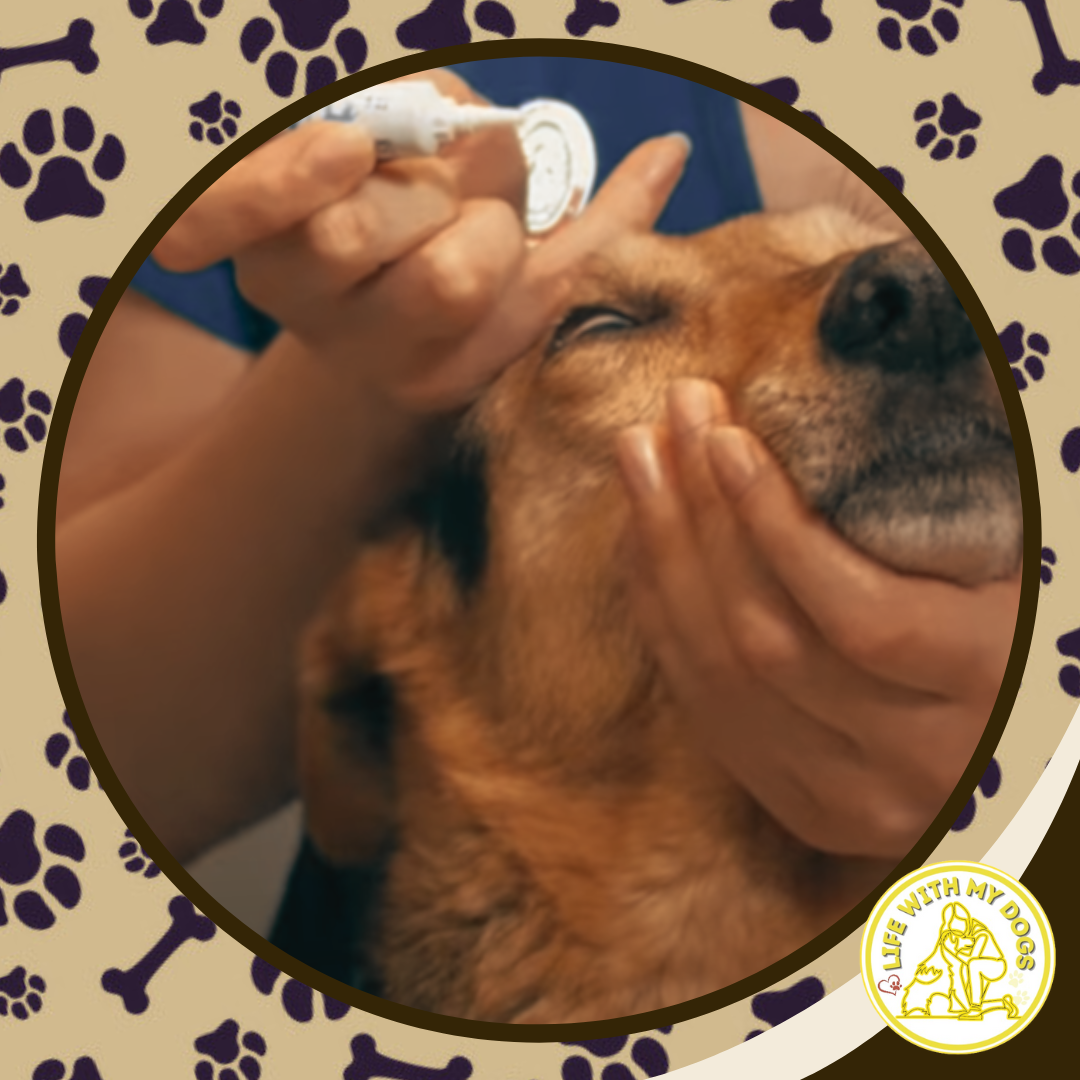
Medications and Eye Drops
Different types of eye drops and medications are often used for treating dog eye conditions.
For conjunctivitis, I might use antibiotics or anti-inflammatory drops. For conditions like uveitis, pain relief medications and corticosteroids might be necessary.
Glaucoma treatments include medications to reduce eye pressure and improve fluid drainage.
Using medication correctly can help manage symptoms effectively and prevent the condition from worsening.
Always follow a vet’s prescription and instructions to ensure the best results.
Surgery
In some cases, surgery may be the best option for treating severe eye conditions.
For example, if a dog has cataracts, surgery might be needed to remove the cloudy lens. With cherry eye, surgery to reposition the gland is often required.
Glaucoma sometimes needs surgical intervention to relieve pressure.
While surgery can be more invasive, it’s essential for conditions that don’t respond to medication alone. A specialist will determine the best surgical approach based on the dog’s specific needs.
Natural Remedies and Supplements
Some dog owners prefer natural remedies to manage minor eye issues.
Herbal solutions like chamomile tea, applied as a compress, can reduce irritation.
Omega-3 fatty acids and antioxidants might support overall eye health.
For dry eyes, natural tears or saline solutions help relieve discomfort.
It’s important to use only vet-approved remedies to avoid worsening the condition.
Always consult with a vet before starting any natural treatment to ensure safety and effectiveness.
Ongoing Management and Prevention
Preventing eye problems involves regular eye check-ups and maintaining hygiene.
I clean my dog’s eyes with vet-recommended solutions to remove debris and reduce infection risks.
Protecting their eyes from trauma and exposure to harmful substances is vital.
Providing a healthy diet rich in vitamins A and E can support eye health.
If your dog already has an eye condition, ongoing management involves regular vet visits and adhering to treatment protocols to prevent relapse.
Emergency Eye Care for Dogs
Uh oh! Eye emergency? Knowing what to look for and acting fast is key when your dog’s eyes are in trouble.
Trauma and Immediate Response
Eye trauma in dogs can result from accidents, fights, or foreign objects. If a dog’s eye is injured, it might show symptoms like redness, swelling, or discharge.
In cases of severe trauma, such as when a car accident or fall from a height occurs, it’s important to keep the dog calm and still.
Cover the injured eye lightly with a clean cloth to prevent further damage and avoid letting the dog rub or scratch the eye.
Never attempt to remove any object that’s stuck in the eye.
Instead, get the dog to a vet as soon as possible.
Quick medical attention can prevent further injury and start the right treatment immediately.
Always have your vet’s emergency contact on hand for situations like this.
Recognizing an Emergency
Knowing what symptoms signal an eye emergency is key.
Some red flags include severe pain, constant tearing, cloudiness in the eye, and visible wounds.
If your dog tries to avoid bright lights or keeps an eye closed, these can be signs of serious issues like uveitis.
Things like puncture wounds from objects like thorns or sticks, or corneal ulcers caused by scratches, should be treated as emergencies.
Redness and swelling, along with the dog rubbing its eye, can also indicate the presence of foreign objects.
When you notice any of these signs, it’s important not to hesitate.
Immediate veterinary care is necessary to assess the damage, provide pain relief, and begin treatment.
For more details on emergency eye conditions, try brushing up on eye emergencies.
Caring for a Dog with Vision Loss
If your dog’s losing their sight, don’t worry – there’s still plenty you can do to help them feel comfortable and secure. Making some adjustments around the house and changing up your training methods a bit can make a big difference. The key is to create a safer environment and use clear communication so your pup can navigate their world with confidence.
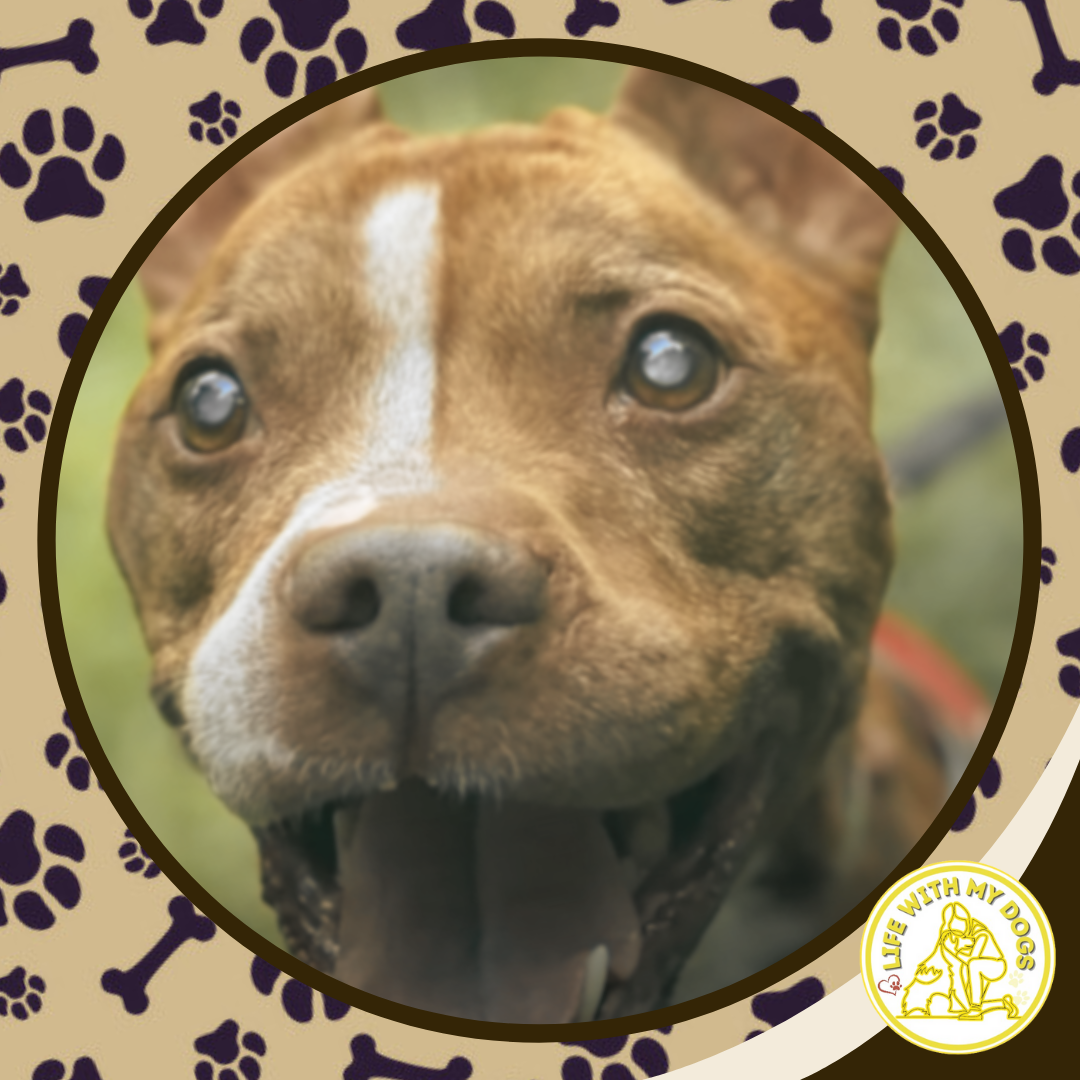
Home Adjustments
Making a home safe for a dog with vision loss involves removing hazards and setting up clear pathways.
I find it helpful to use baby gates to block off dangerous areas like stairs.
Adding textured rugs or mats can help the dog navigate different rooms. This makes it easier for them to feel their way around.
Keeping furniture in the same place avoids confusing the dog. Consistency is key.
Marking certain spots with scents, such as essential oils, helps the dog identify important areas.
For instance, placing a distinct scent near the water bowl or bed.
Low-level lights can also assist during nighttime.
Training and Communication
Training methods need adjustment for a dog experiencing vision loss.
Using verbal cues alongside gentle touches or vibrations can be effective.
I often tap the ground with my foot to guide the dog’s movements.
Positive reinforcement through treats and praise reinforces good behavior.
Consistent commands, like “watch” or “stop,” help signal potential dangers.
You may also use a bell or noise-making collar to keep track of the dog’s location.
Creating a set routine is essential.
Predictable activities lower anxiety levels in dogs.
Regular playtime with scent-based games engages their other senses.
These activities make them feel more confident and secure.
Preventative Eye Care
Who wants a happy pup with healthy eyes? You do! Taking your dog for regular check-ups with the vet is key, along with feeding them a balanced diet. These simple steps can make a big difference in keeping your dog’s vision sharp and their eyes bright.
Routine Check-Ups
Regular vet visits are crucial for detecting any early signs of eye problems.
During these check-ups, the vet can spot issues like cataracts, conjunctivitis, or glaucoma before they become serious.
I recommend scheduling check-ups at least once a year.
For older dogs or breeds prone to eye issues, more frequent visits might be needed.
Keeping your dog’s vaccination schedule up-to-date also helps prevent infections that might lead to eye problems.
Proper grooming around the eyes is essential.
Keeping fur trimmed and clean helps minimize irritation and the risk of infections.
If your dog has long hair, consider using a damp cloth to wipe away discharge regularly.
Diet and Nutrition for Eye Health
A balanced diet rich in nutrients supports overall eye health.
Foods high in vitamins A and C, omega-3 fatty acids, and antioxidants promote better vision and protect against eye diseases.
I include foods like carrots, blueberries, and fish in my dog’s diet.
Carrots are high in beta-carotene, which is good for the eyes.
Blueberries provide antioxidants that protect eye cells, while fish contains omega-3 fatty acids that help prevent eye damage.
Supplements might be necessary if your dog’s diet lacks these nutrients.
Consult with your vet before adding any supplements to ensure they are appropriate and safe for your dog’s specific needs.
Dog Eye Problems: Keeping Your Pup Seeing Clearly
Dog eye problems can be a worry for pet owners. Just like us, healthy vision is crucial for our canine companions’ quality of life. The good news is many eye conditions are treatable, especially when caught early.
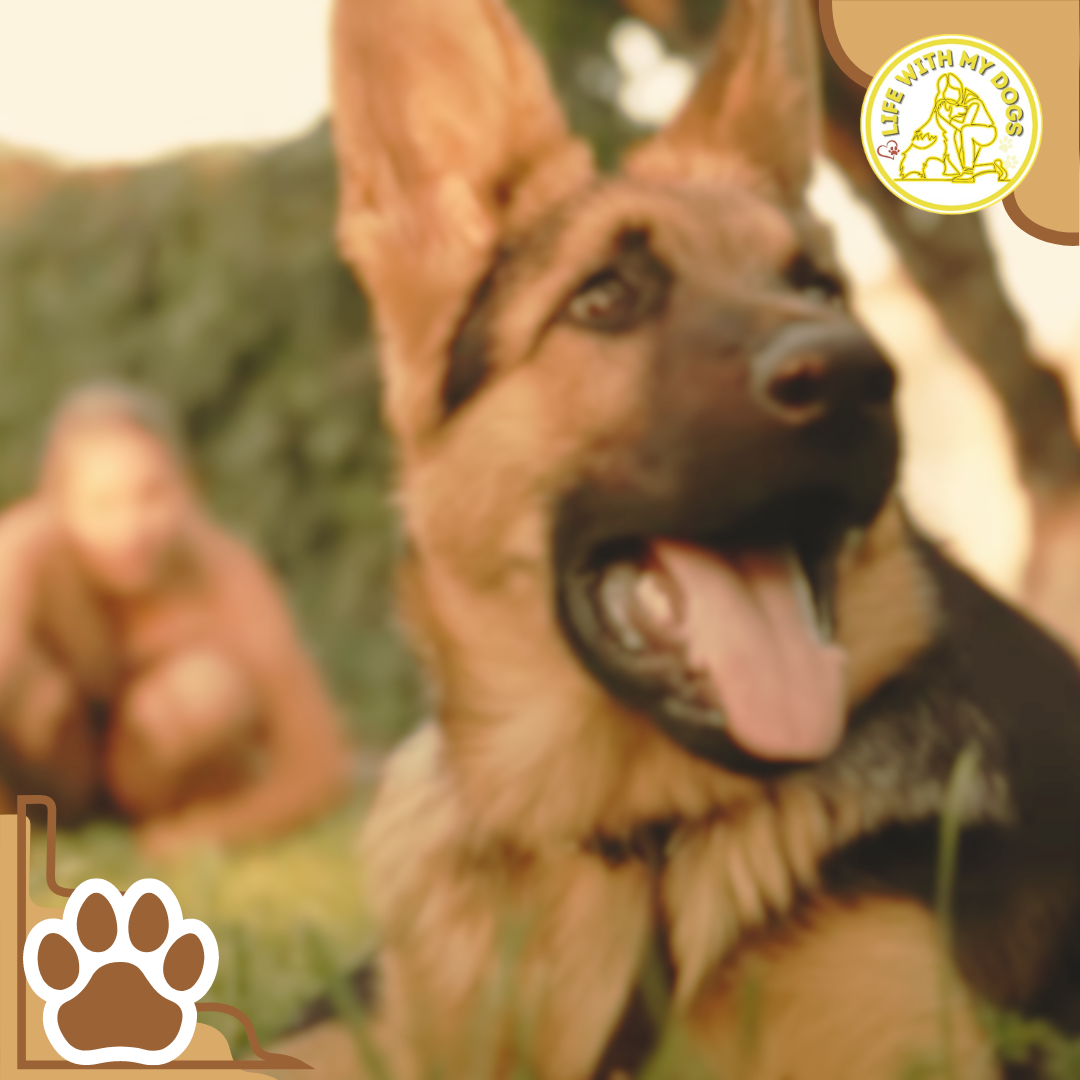
This guide explored common problems, symptoms, and treatment options. We covered preventative measures like regular vet check-ups and a healthy diet. We even looked at caring for dogs with vision loss.
By understanding these issues, you can ensure your furry friend sees the world clearly for years to come. Have you ever noticed unusual eye discharge or squinting in your dog? Early detection is key! Schedule regular check-ups, prioritize a healthy diet, and be mindful of any signs of trouble. With a little knowledge and care, you can keep your pup’s peepers healthy and happy.
Frequently Asked Questions
When dealing with dog eye problems, there are many questions pet owners often have. Below, I have addressed some of the most common concerns regarding symptoms, diagnosis, and treatment options.
What symptoms indicate my dog may have eye problems?
Common signs include redness, swelling, and discharge.
Your dog might also squint, paw at their eye, or show sensitivity to light. These symptoms can suggest conditions like conjunctivitis or more serious issues like glaucoma.
How can you determine if a dog is suffering from eye issues such as cataracts or glaucoma?
Look for signs like cloudiness in the eye, difficulty seeing, and changes in eye color or pupil size.
A vet can perform specific tests to diagnose cataracts or glaucoma accurately, such as measuring eye pressure.
What are the available treatments for common eye problems in dogs?
Treatment depends on the issue.
Conjunctivitis might require antibiotics or anti-inflammatory eye drops, while cataracts may need surgical intervention. For allergies, avoiding allergens and using prescribed drops often help.
What signs should I look for that suggest my dog's third eyelid is causing issues?
If you notice a red, swollen protrusion in the corner of your dog’s eye, it could be cherry eye, where the third eyelid is visible.
This condition often requires surgery to correct.
What are the common types of eye infections that canines encounter?
Dogs can suffer from bacterial and viral infections which cause symptoms such as redness, swelling, and discharge.
Conjunctivitis, commonly known as pink eye, is a frequently encountered eye infection in dogs.
Which eye problem symptoms are considered most severe in dogs?
Severe symptoms include intense pain, sudden blindness, or complete closure of the eye.
Conditions like uveitis can cause significant discomfort and may lead to vision loss if not treated promptly.
Deepen Your Dog’s Health Journey!
Love learning more about your furry friend? Join our vibrant dog community on Life With My Dogs!
We share engaging content, insightful product reviews, and connect you with passionate dog owners just like you.
